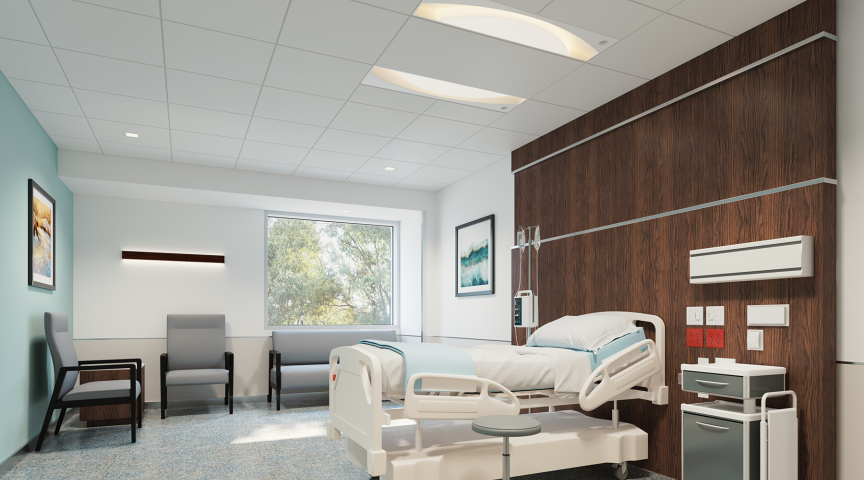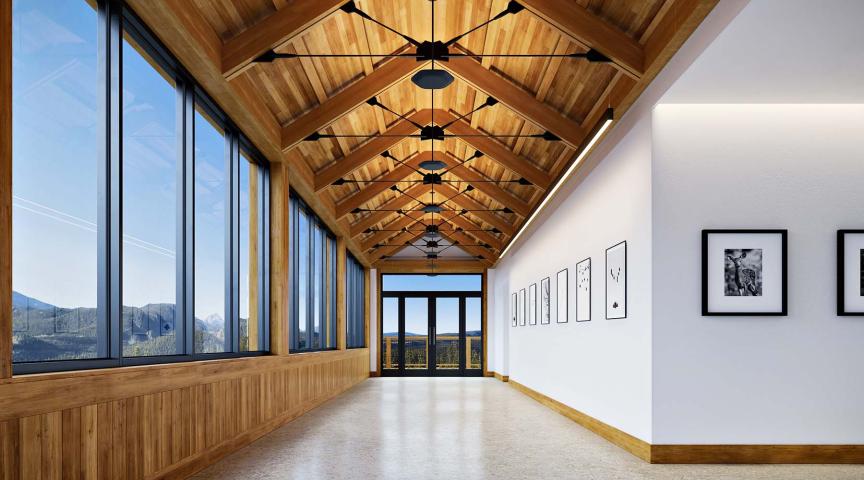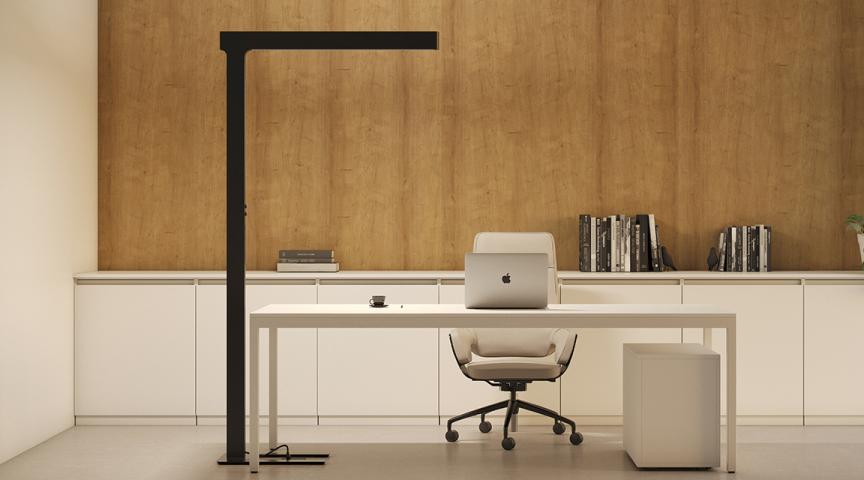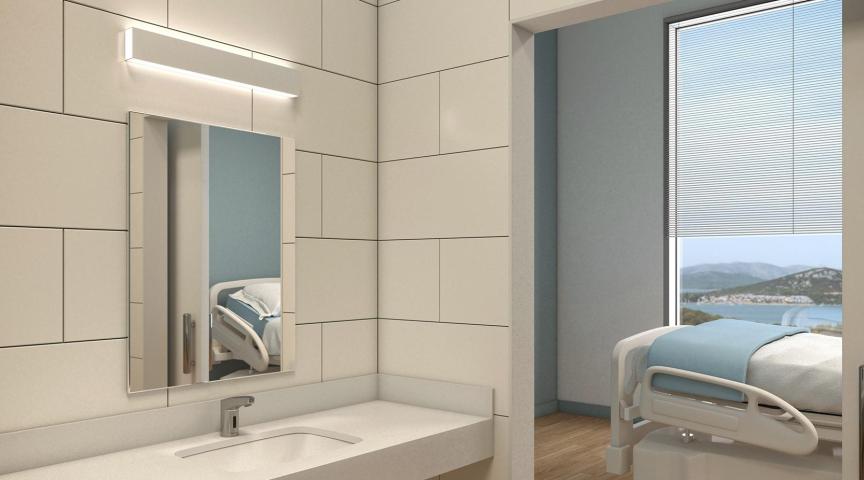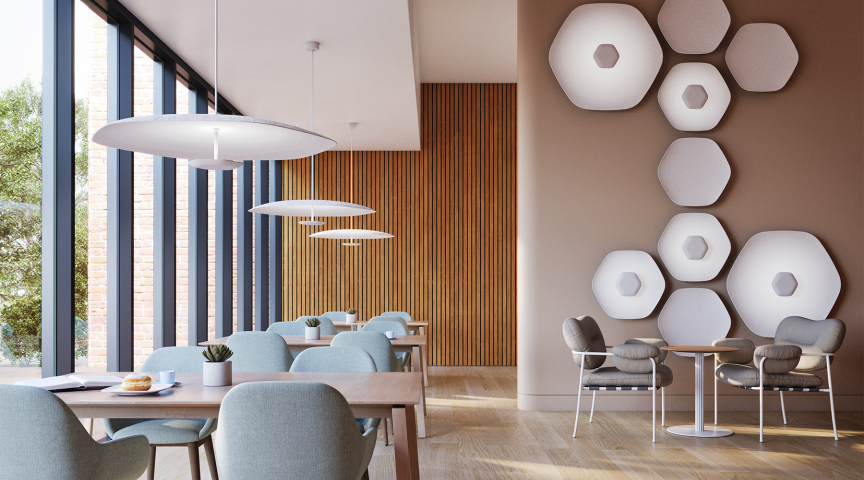Understanding Acoustic Management to Deliver More Comfortable Environments
The ABCs of Sound Management
Design trends, the changing nature of the workplace and the likes, needs, and preferences of employees who are more culturally and generationally diverse than ever are changing the physical space. All this, taken altogether, has contributed to not only the standardization of the open office concept, but made it the norm. There are proven benefits, such as democratizing the workplace and facilitating interaction, but there are drawbacks as well. The workplace has become noisier, and often, distracting, which can negatively impact efficiency, productivity and profit.
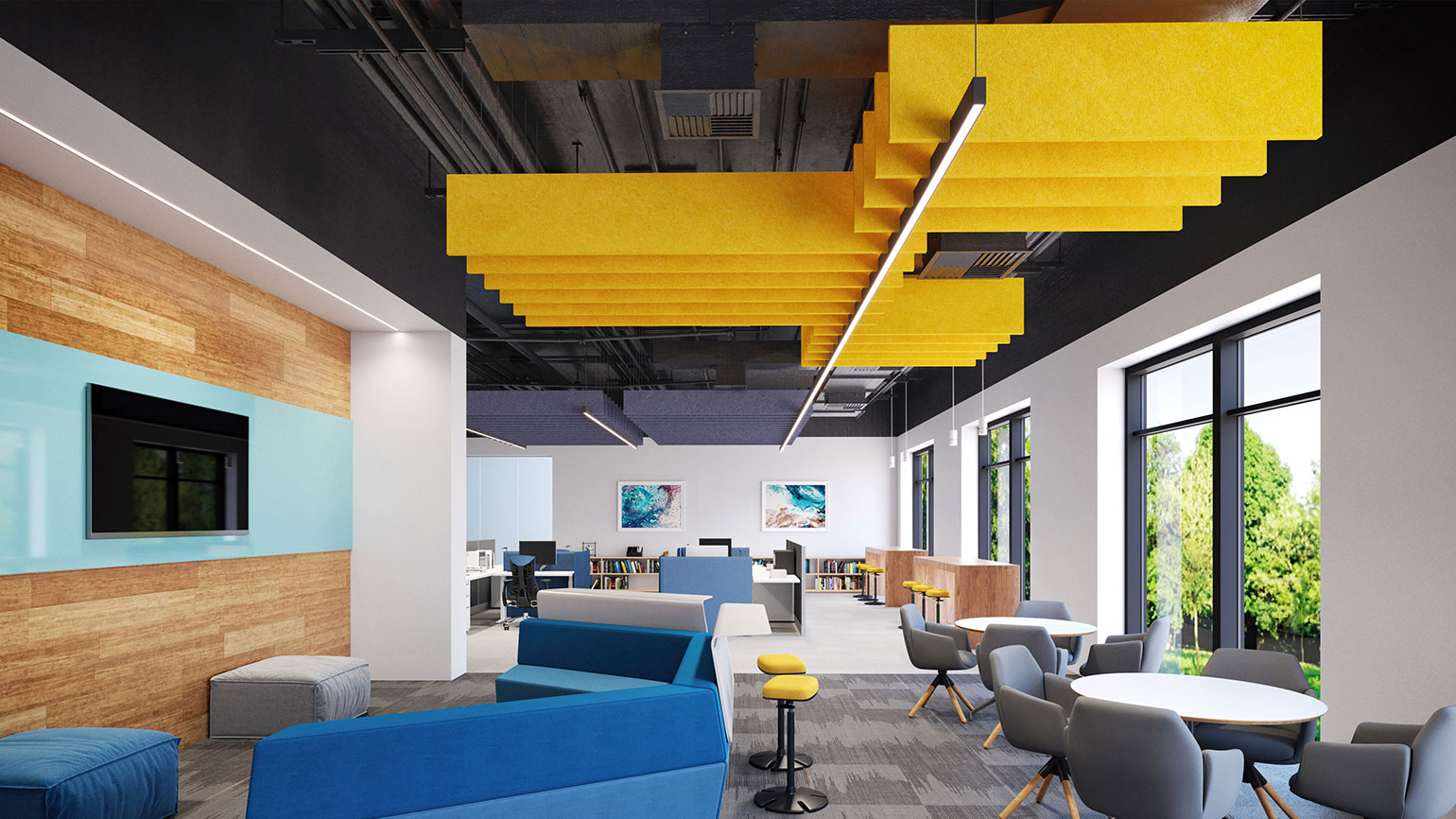
These spaces were created to drive a more dynamic culture of cooperation throughout all levels of an organization, and they’ve been proven to do just that. But they also present challenges to acoustic comfort, concentration and even confidentiality. Understanding the fundamental principles of sound management and the acoustic requirements of a wide range of spaces, does more than make the workplace a more pleasant physical experience, it addresses real business concerns, such as:
- Attracting and retaining talent, which a Towers Watson study found were two of the top three challenges that CEOs face regarding their workforce.
- Efficiency: a recent study indicates workers lose an average of 90 minutes a day because of distractions, with half reporting an inability to concentrate in the office, a real problem for office workers who spend up to two thirds of their time on quiet work.
- Productivity: according to a study by the American Society of Interior Designers, 70% of workers say that they would be more productive in a less noisy work environment.
- Operating costs: according to the World Green Building Council, 90% of an organization’s operating costs are linked to employee efficiency.
The Basics of Sound
There are three things that can happen to sound as it moves through space: it can be reflected, transmitted or absorbed. Likewise, there are three basic principles, or ABCs, of sound management: Absorption, Blocking, and Covering. Each serves a different purpose and all have been developed through scientific research, giving designers and builders of workspaces valuable tools for optimizing environments for comfort, efficiency, and productivity.
A is for Absorption
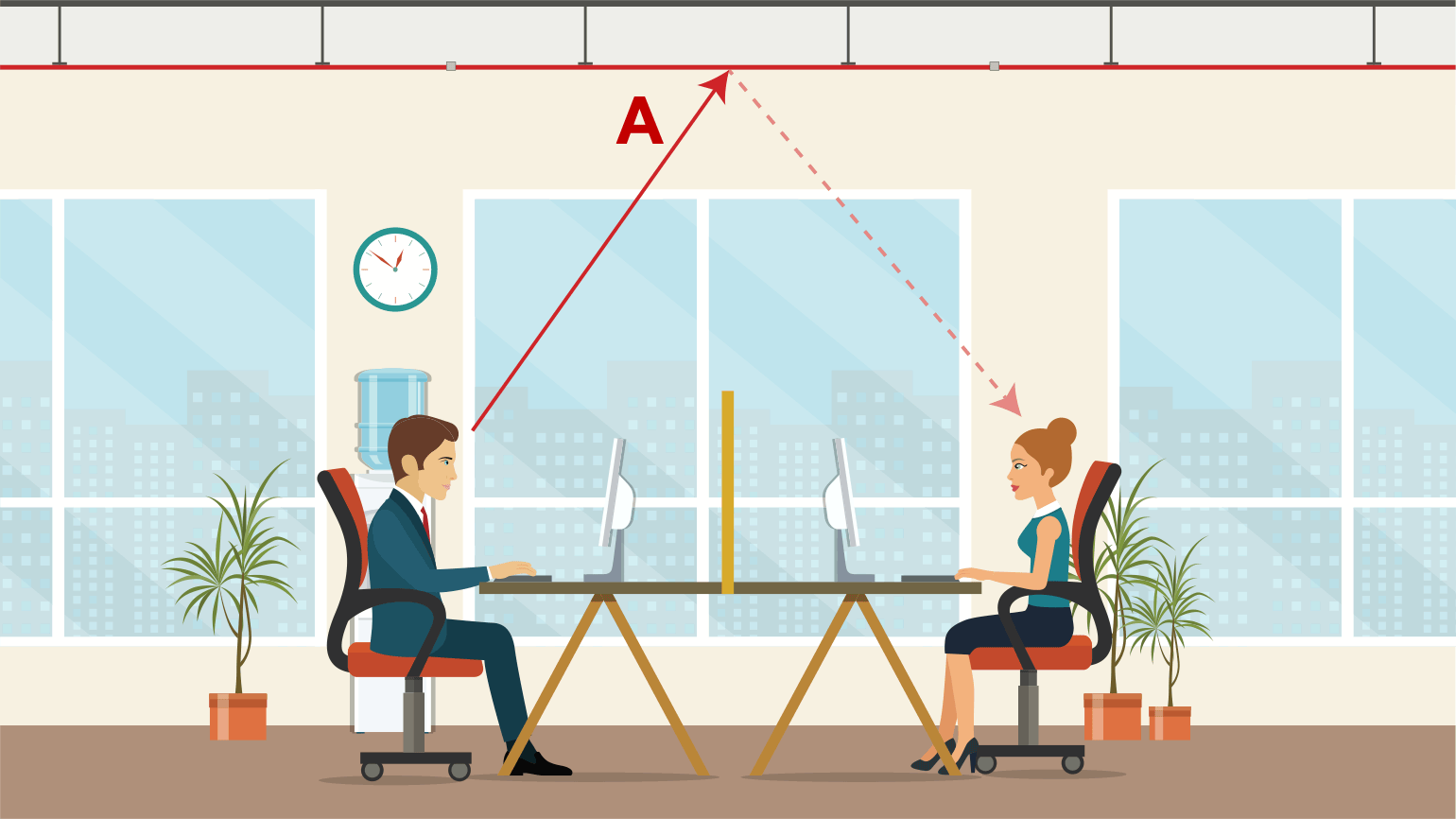
Sound absorbers are materials that reduce sound reflections, thus reducing the reverberation time – or echoing – in a closed space. Measurements of sound absorption include Sabins, the most important and relevant metric of absorption that measures the amount of sound absorbed per square foot of material; noise reduction coefficients (NRCs), which indicate the amount of sound energy absorbed by a particular, two-dimensional surface, like an acoustical ceiling tile; and ceiling attenuation class (CAC), a rating for sound attenuation of a suspended ceiling system over two adjacent rooms sharing a common plenum. In general, the higher the Sabins, NRC or CAC, the better the material or product absorbs sound.
B is for Blocking

Blocking sound is literally just that: making use of a physical barrier to reduce sound, but it must be done in a very specific way to be effective. Most commonly known sound blockers in office environments are the dividers that make up cubicles and interior walls. They not only reduce the sound of other people’s voices, they can also lessen noise from other sources, such as traffic, nature, and from within the building itself. Sound blocking is measured by sound transmission class (STC), a rating of how well a building partition attenuates airborne sound and how well room configurations and construction materials help reduce noise levels within a space.
C is for Covering
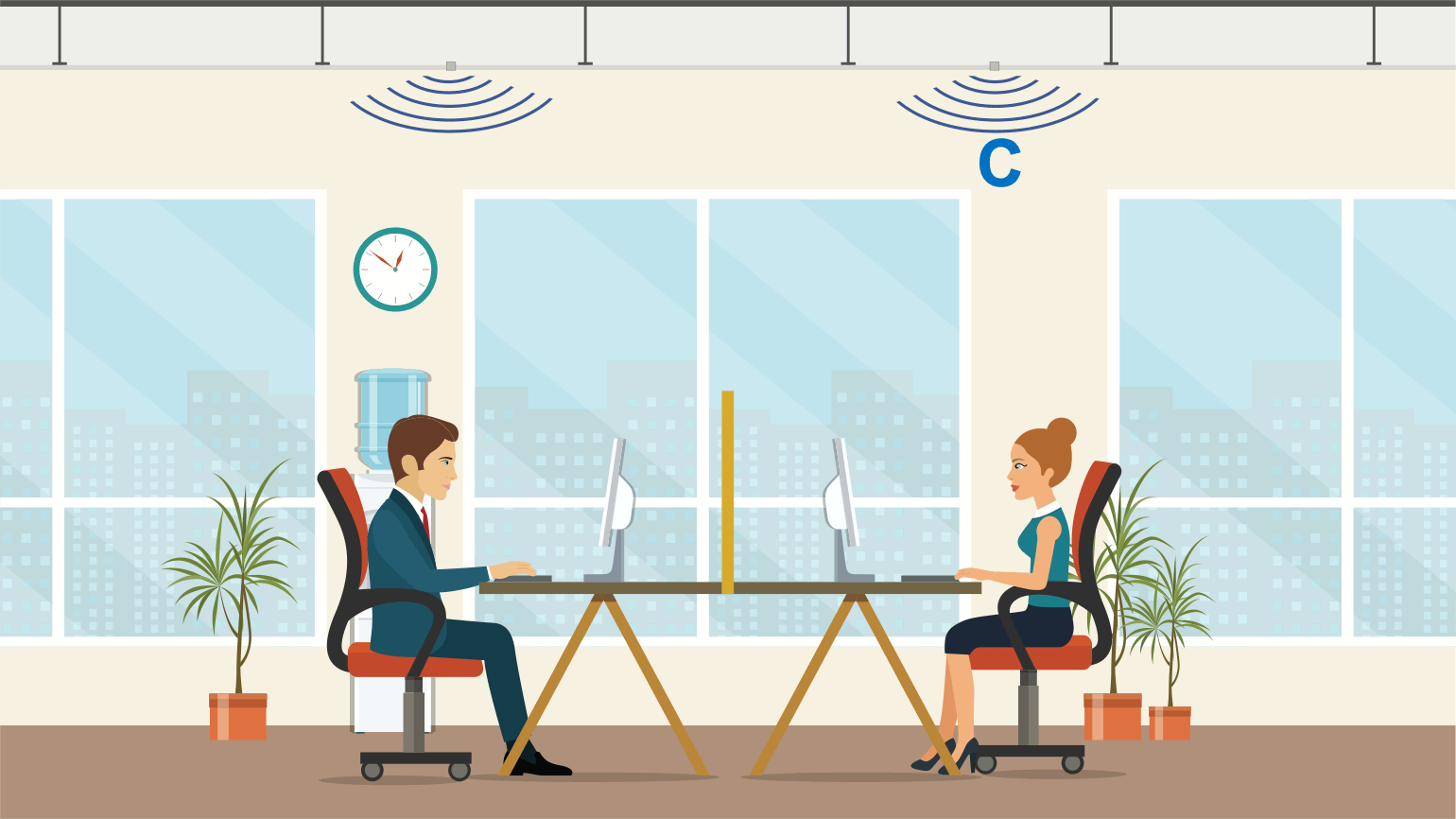
Covering, also known as sound masking, consists of actively pumping noise into a space to turn distracting, intelligible speech into unintelligible background noise. Through the introduction of barely noticeable “white”, “brown” or “pink” noise, it helps workers speak with each other with a greater sense of confidentiality and enables greater productivity by covering up distracting speech.
Who Sets the Standards?
Various types of spaces require their own specific acoustic abatement strategies depending on their functions. A number of organizations and initiatives make studied recommendations on how to achieve space-specific reverberation times (RTs) based on size and use. Such organization include the Leadership and Energy and Environmental Design™ (LEED®), the International Organization for Standardization (ISO) and the International WELL Building Institute.
Each address sound and noise in various environments and the different effects it can have on occupants, and each focuses on reducing the negative impacts of uncontrolled sound and noise, including the loss of productivity, focus and even memory.
Understanding the Problem Leads to Solutions
Whatever the room type, its purpose and occupants’ functions, the importance of recognizing the impact of sound is becoming more evident. Creating value through designing more human centric environments improves the health and well-being of the people in that room and the organization that employs, teaches or heals them.
There are myriad solutions to noise issues in virtually any type of space. By exploring the latest solutions and understanding the various strategies at their disposal, designers, builders, and contractors can create interiors that are as functional as they are visually appealing. Whatever the function of a space, the real purpose of thoughtful acoustics is to make the time spent in those spaces productive and happy, especially for the people who spend their days in them.
Learn more about designing spaces for sound management by taking the 1 LU/HSW continuing educations course, Strategies for Designing with Integrated Lighting and Acoustic Solutions.






